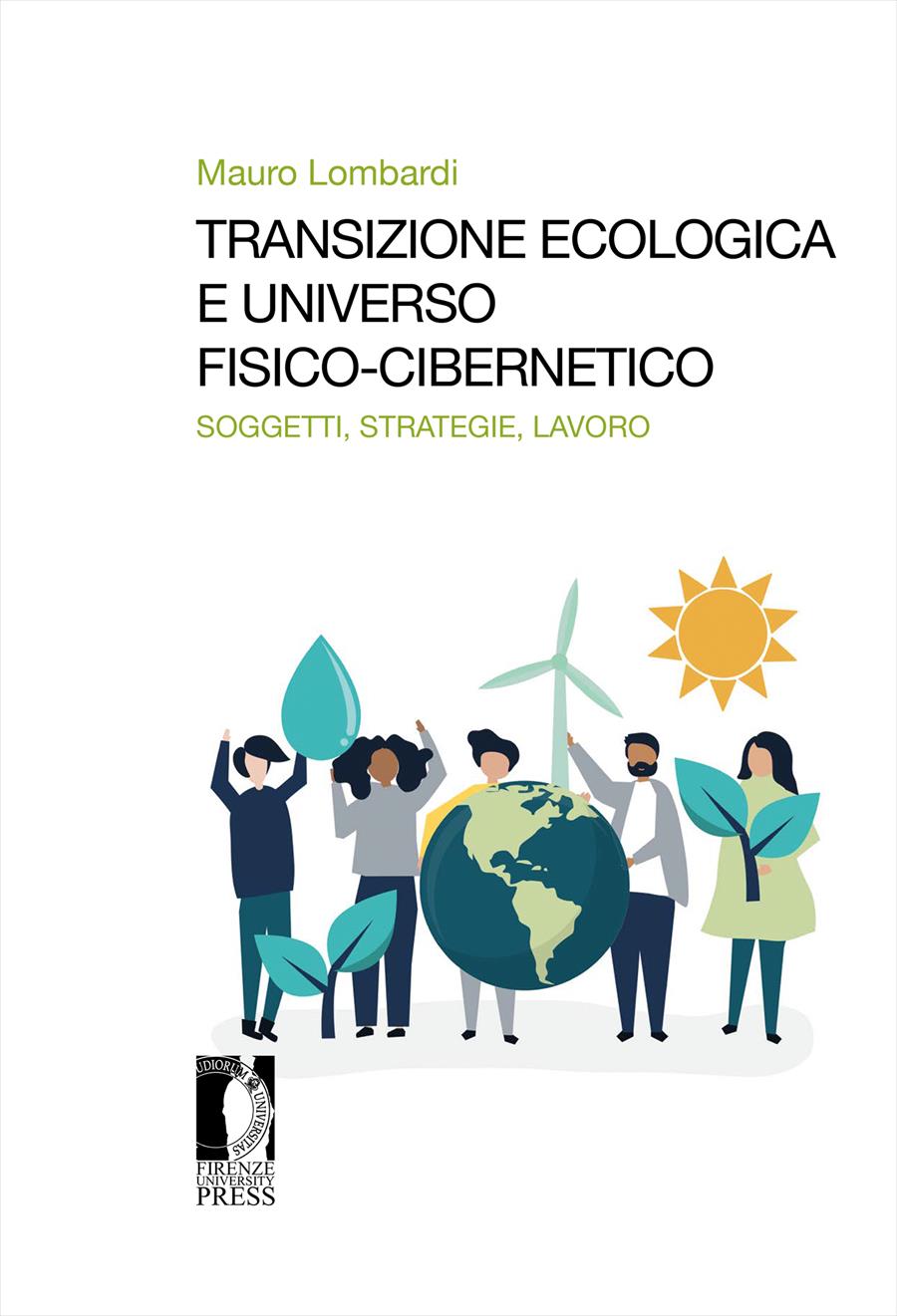- Transizione ecologica e universo fisico-cibernetico
- Mauro Lombardi
Ripensare gli indicatori per le politiche per l’innovazione attraverso il Design-thinking
- Mauro Lombardi
- © 2021 Author(s) |
- CC BY 4.0
- DOI: 10.36253/978-88-5518-310-9.10
The final chapter contains the proposal to rethink the policies for innovation based on the approach defined Design thinking. Particularly important is the introduction of concepts such as global order parameters, referring to a systemic view of the techno-economic dynamics, and of a complementary methodology, called Agile. Based on the proposed framework, the decision-making space of different actors (private, public) in pursuing objectives at different levels is then analyzed. In this way a multi-level and multi-stakeholder decision making process can be enriched through a multiplicity of indicators in order to timely verify the efficiency of implementation process.
- Keywords:
- Design thinking,
- Multi-level decision making,
- Operational Indicators,
University of Florence, Italy - ORCID: 0000-0002-3234-7039
- Buchner, A. 1995. “Basic topics and approaches to the study of complex problem solving.” In Complex problem solving: The European perspective, edited by P.A. Frensch, J. Funke: 27-63. Hillsdale, NJ: Erlbaum.
- Farman, J.C., Gardiner, B.G., e J.D. Shanklin. 1985. “Large losses of total ozone in Antarctica reveal seasonal ClOx/NOx interaction.” Nature 315: 207-10.
- Fischer, A., Greiff, S., e J. Funke. 2012. “The Process of Solving Complex Problems.” Journal of Problem Solving 4 (1): 19-42.
- Folke, C. et al. 2004. “Regime Shifts, Resilience, and Biodiversity in Ecosystem Management.” Annual Review of Ecology, Evolution, and Systematics 35: 557-81.
- Funke, J. 2013. “Complex problem solving.” In Encyclopedia of the Science of Learning, edited by N.M. Seel: 683-5. New York: Springer.
- Gómez Prieto, J., Demblans, A., Palazuelos, e M. Martínez. 2019. Smart Specialisation in the world, an EU policy approach helping to discover innovation globally. EUR 29773 EN. Luxembourg: Publications Office of the European Union.
- Greiff, S., Wüstenberg, S., e J. Funke. 2012. “Dynamic Problem Solving: A New Assessment Perspective.” Applied Psychological Measurement 36 (3): 189-213.
- Haken, H. 1983. Synergetics, an Introduction: Nonequilibrium Phase Transitions and SelfOrganization in Physics, Chemistry, and Biology. Berlin: Springer-Verlag.
- MGI. 2020a. The future of business: Reimagining 2020 and beyond. McKinsey Global Institute, July.
- MGI. 2020b. “Climate risk and response. Physical hazards and socioeconomic impacts.” <https://www.mckinsey.com/business-functions/sustainability/our-insights/climate-risk-and-response-physical-hazards-and-socioeconomic-impacts> (2021-10-03).
- Miles, S.B. 2014. Theorizing Community Resilience to Improve Computational Modeling. Second International Conference on Vulnerability and Risk Analysis and Management (ICVRAM) and the Sixth International Symposium on Uncertainty, Modeling, and Analysis (I
- NASA. 2019. “2019, Ozone Hole is the Smallest on Record Since Its Discovery.” <https://www.nasa.gov/feature/goddard/2019/2019-ozone-hole-is-the-smallest-on-record-since-its-discovery/> (2021-10-03).
- NIST. 2015. “Community Resilience Planning Guide for Buildings and Infrastructure Systems.” <https://www.nist.gov/community-resilience/planning-guide> (2021-20-03).
- Prokopenko, M. 2009. “Guided self-organization.” HFSP Journal 3 (5): 287-9.
- Prokopenko, M. 2017. “Modelling complex systems and guided self-organisation.” Journal & Proceedings of the Royal Society of New South Wales 150 (part 1): 104-9.
- Siegenfeld, A.F., e Y. Bar-Yam. 2020. “An Introduction to Complex Systems Science and its Applications.” Complexity 6105872.
- Thoma, K. 2014. Resilience-Tech Project “Resilience by Design”: a strategy for the technology issues of the future. Acatech Study, April.
- UN. 2015. “Transforming our world: the 2030 Agenda for Sustainable Development.” <https://sustainabledevelopment.un.org/post2015/transformingourworld/publication> (2021-03-10).
Chapter Information
Chapter Title
Ripensare gli indicatori per le politiche per l’innovazione attraverso il Design-thinking
Authors
Mauro Lombardi
Language
Italian
DOI
10.36253/978-88-5518-310-9.10
Peer Reviewed
Publication Year
2021
Copyright Information
© 2021 Author(s)
Content License
Metadata License
Bibliographic Information
Book Title
Transizione ecologica e universo fisico-cibernetico
Book Subtitle
Soggetti, strategie, lavoro
Authors
Mauro Lombardi
Peer Reviewed
Number of Pages
176
Publication Year
2021
Copyright Information
© 2021 Author(s)
Content License
Metadata License
Publisher Name
Firenze University Press
DOI
10.36253/978-88-5518-310-9
ISBN Print
978-88-5518-309-3
eISBN (pdf)
978-88-5518-310-9
Series Title
Studi e saggi
Series ISSN
2704-6478
Series E-ISSN
2704-5919
